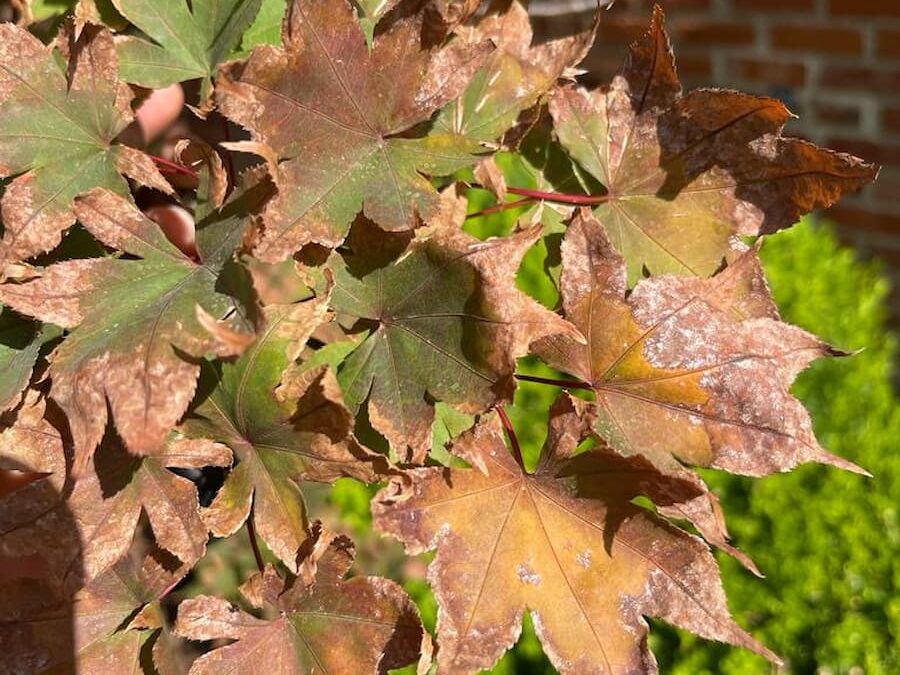Introduction
Verticillium wilt is a fungal disease that poses a significant threat to various tree species, including the beloved Japanese maples. This article aims to provide a comprehensive understanding of Verticillium wilt, its symptoms, prevention strategies, and treatment options specifically tailored for Japanese maples.
Symptoms
One of the primary indicators of Verticillium wilt in Japanese maples is:
The appearance of yellowed or brown-spotted leaves.
Affected branches may start to wither and die, leading to overall tree stress.
It is crucial to identify these symptoms early on to initiate appropriate management measures promptly.
Prevention
Preventing the onset of Verticillium wilt is crucial for maintaining the health and vitality of Japanese maples.
Good sanitation practices play a vital role in preventing the spread of the disease. This includes removing and destroying infected plant material, as well as disinfecting tools and equipment used in the garden.
Avoid planting Japanese maples in areas where Verticillium wilt has previously been observed.
Soil solarization is another effective preventive measure. By covering the soil with a transparent plastic sheet during the hot summer months, the temperature beneath the plastic rises, effectively killing off the Verticillium wilt fungus and other harmful pathogens.
Planting resistant species is also a wise choice. Some Japanese maple cultivars have been bred to exhibit resistance to Verticillium wilt. By selecting these resistant varieties, gardeners can significantly reduce the risk of infection.
Treatment
If Verticillium wilt is detected in a Japanese maple, prompt action is necessary to mitigate its impact.
Consulting a professional arborist or horticulturist is highly recommended for accurate diagnosis and tailored treatment options.
Fungicide applications can be employed to control the spread of the disease. However, it is important to note that fungicides are not a cure for Verticillium wilt. They can only help manage the symptoms and slow down the progression of the disease.
Pruning infected branches is another treatment method. By removing affected branches, the spread of the fungus can be limited, and the overall health of the tree can be improved.
Additionally, removing infected roots may be necessary in severe cases to prevent further damage.
Conclusion:
Verticillium wilt poses a significant threat to Japanese maples, but with proper understanding and management strategies, its impact can be minimized. By practicing good sanitation, employing preventive measures like soil solarization and planting resistant species, and seeking professional guidance for treatment, gardeners can ensure the health and longevity of their cherished Japanese maples.

